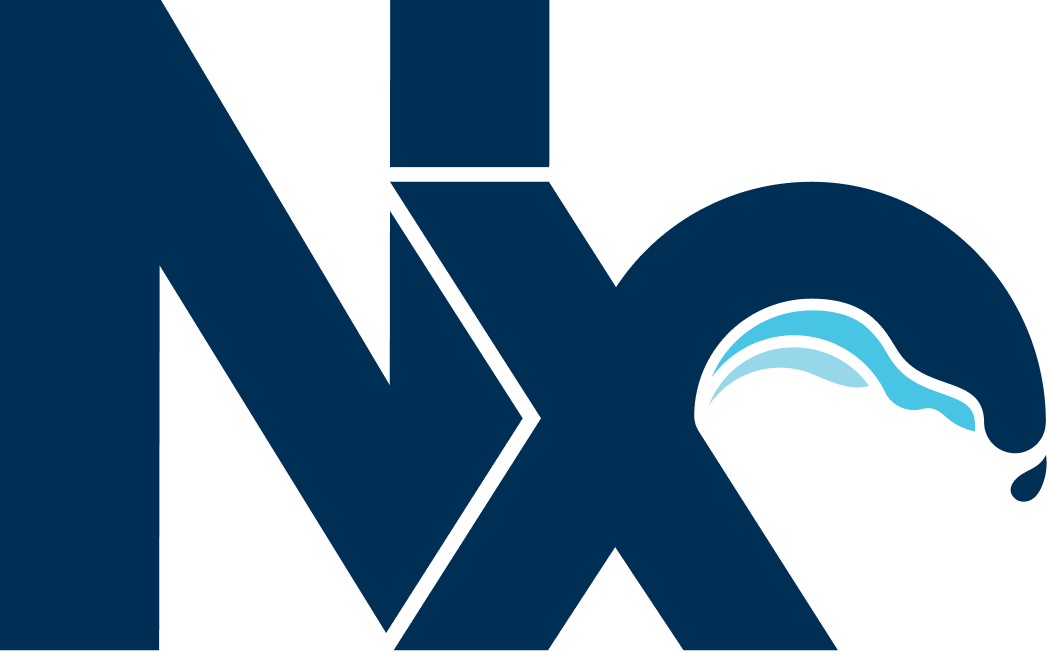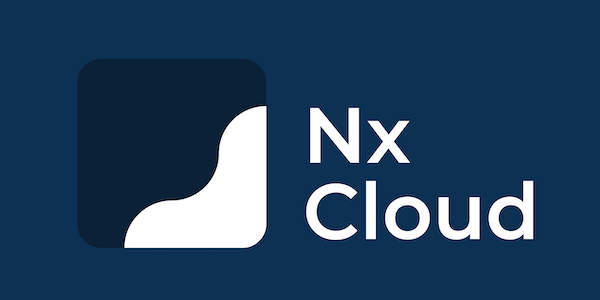You may choose a task to complete out of two tasks; one is more of day to day one, and the other one is a bit more challenging, but your choice is not going to determine anything, just options to see your strong suit. Please, put the solution on GitHub and send the link back via email. Enjoy!
Using the free open weather map two API endpoints (the key is on the weather service) https://openweathermap.org/api/one-call-api https://openweathermap.org/api/geocoding-api
- Build an application that allows you to search the weather forecast hourly or daily for a city.
- The UI has a search box and two filter options,
hourlyanddaily, and a table. - When a new city is searched, we need first to get its coordinates using
http://api.openweathermap.org/geo/1.0/direct?q={city name}&limit=1&appid={API key}and then for the hourly mode make a call tohttps://api.openweathermap.org/data/2.5/onecall?lat={lat}&lon={lon}&exclude=current,minutely,daily,alerts&appid={API key}, and for the daily modehttps://api.openweathermap.org/data/2.5/onecall?lat={lat}&lon={lon}&exclude=current,minutely,hourly,alerts&appid={API key}and add it to a city table. - When no city is found, we should reflect it.
- The city table has a column
City Name, and the rest are temperature columns. In the case of hourly mode, 8 columns with 3-hour step and in the case of daily mode 7 days. - Switching between hourly and daily modes should bring back the previous state before switching.
- The URL should be updated according to the search and mode.
- Build the application using NgRx.
- No tests are required.
We need to build a very simple time-based line chart, nothing fancy really, without resorting to any charting lib using a prepared firebase collection.
- NO charting lib, I believe angular provides enough tools to build a simple line chart; also, it will be an excellent showcase of one's architectural skills.
- We should be able to switch between 4 cryptocurrencies defined on the constant
CRYPTO_CURRENCIES_PRICES_COLLECTION_NAME. - The app should reflect the chosen currency on the URL, so on the page refresh, we see the chart we picked before.
- When a currency is selected, we draw a line chart where the X-axis is time, and the Y-axis is the tick's price. No need for labels, just a line.
- By default, BTC is selected.
- On the repository, you will find a preconfigured firebase service whose purpose is to help you query mock prices per cryptocurrency generated by a firebase function. By default, the cryptocurrencies collection is empty if no one works with it; otherwise, querying the firebase collection returns all the prices` documents on the collection, which could be thousands of records, so we should build a query to take only N last records.
- The price's document ID is a timestamp of the record's adding to the collection to be used for the X-axis.
- The moment one subscribes to the collection, the one will either get N records instantly or an empty array. To start getting prices, we must turn on real-time mode for a given cryptocurrency; there is an example on
firebase.service.tsof how and what model is returnedonSnapshotchange. The real-time mode gets turned off in 15 mins. - The chart should be alive and moving.
- SOLID, DRY, shouldn't be just abbreviations for you. It should be designed to be maintainable to an extent.
- Tests are not necessary.
- Please use repositories formatting.
This project was generated using Nx.
🔎 Powerful, Extensible Dev Tools
10-minute video showing all Nx features
Nx supports many plugins which add capabilities for developing different types of applications and different tools.
These capabilities include generating applications, libraries, etc as well as the devtools to test, and build projects as well.
Below are our core plugins:
- Angular
ng add @nrwl/angular
- React
ng add @nrwl/react
- Web (no framework frontends)
ng add @nrwl/web
- Nest
ng add @nrwl/nest
- Express
ng add @nrwl/express
- Node
ng add @nrwl/node
There are also many community plugins you could add.
Run ng g @nrwl/angular:app my-app to generate an application.
You can use any of the plugins above to generate applications as well.
When using Nx, you can create multiple applications and libraries in the same workspace.
Run ng g @nrwl/angular:lib my-lib to generate a library.
You can also use any of the plugins above to generate libraries as well.
Libraries are shareable across libraries and applications. They can be imported from @bp/mylib.
Run ng serve my-app for a dev server. Navigate to http://localhost:4200/. The app will automatically reload if you change any of the source files.
Run ng g component my-component --project=my-app to generate a new component.
Run ng build my-app to build the project. The build artifacts will be stored in the dist/ directory. Use the --prod flag for a production build.
Run ng test my-app to execute the unit tests via Jest.
Run nx affected:test to execute the unit tests affected by a change.
Run ng e2e my-app to execute the end-to-end tests via Cypress.
Run nx affected:e2e to execute the end-to-end tests affected by a change.
Run nx dep-graph to see a diagram of the dependencies of your projects.
Visit the Nx Documentation to learn more.
Nx Cloud pairs with Nx in order to enable you to build and test code more rapidly, by up to 10 times. Even teams that are new to Nx can connect to Nx Cloud and start saving time instantly.
Teams using Nx gain the advantage of building full-stack applications with their preferred framework alongside Nx’s advanced code generation and project dependency graph, plus a unified experience for both frontend and backend developers.
Visit Nx Cloud to learn more.

